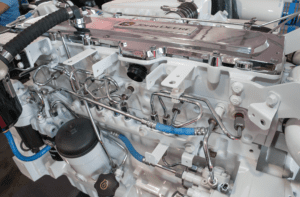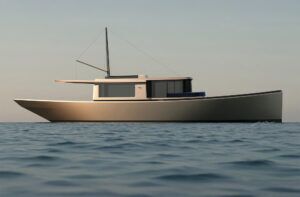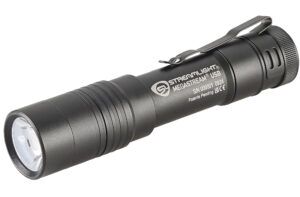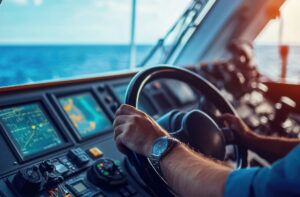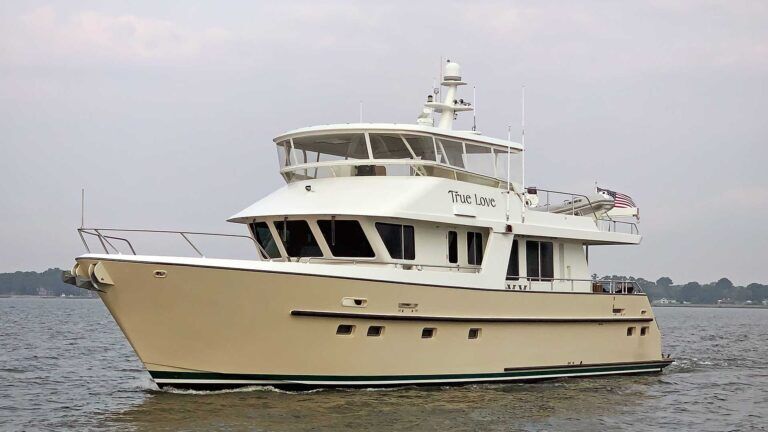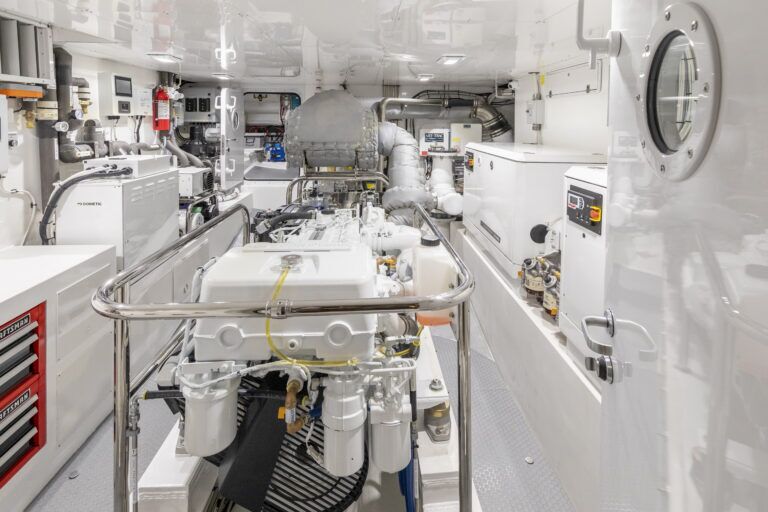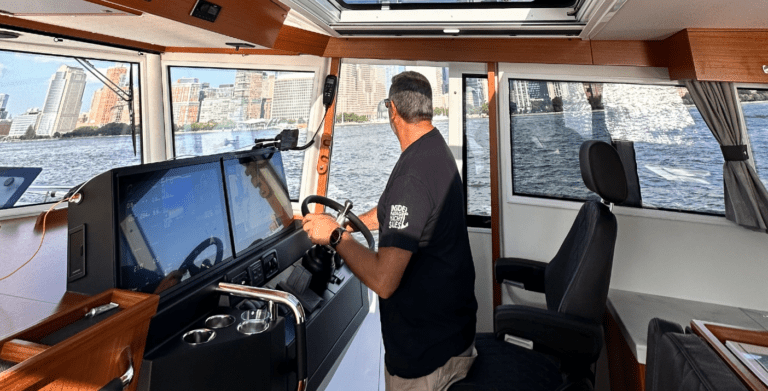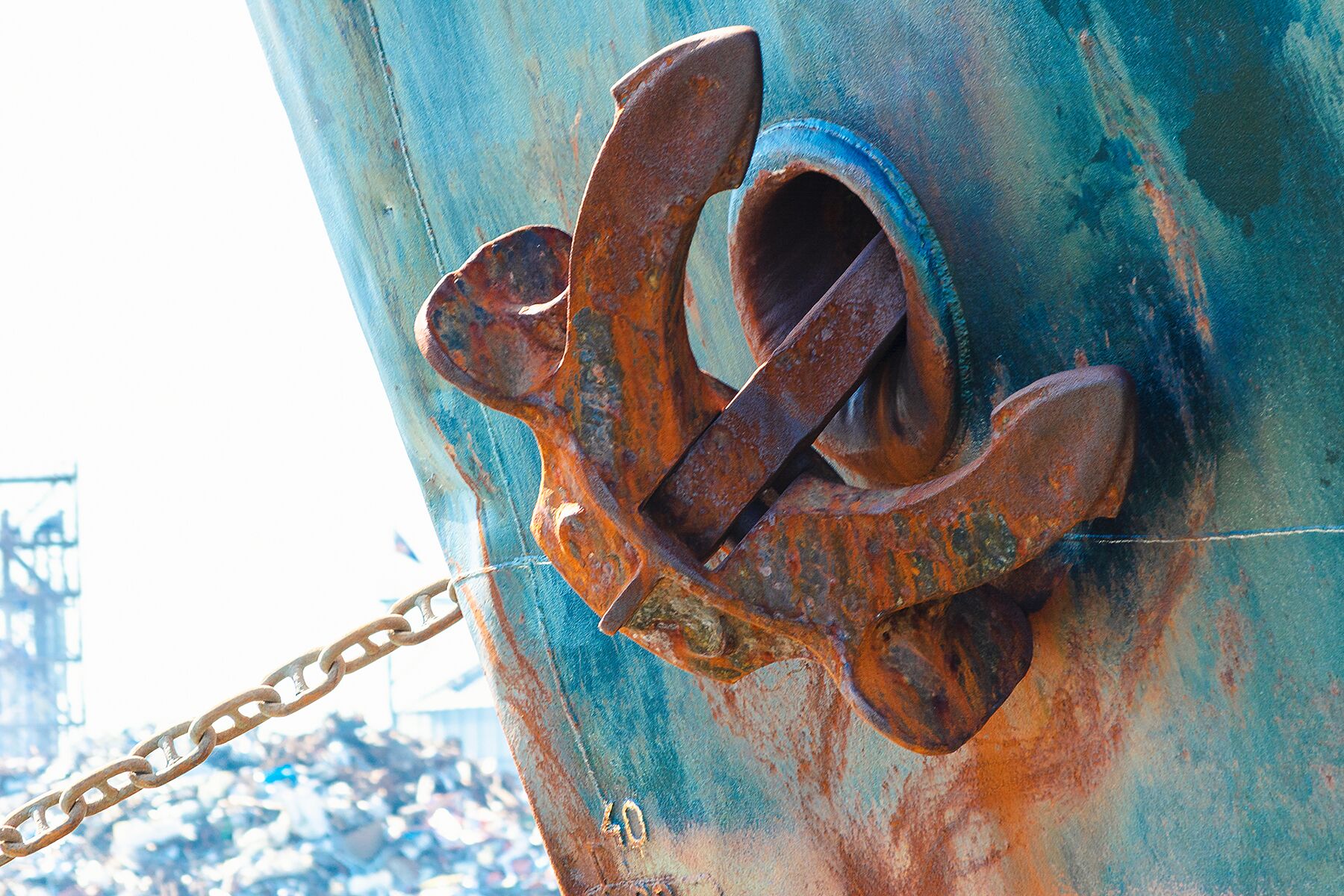
Hello captain, it’s good to see you again. It’s been a while. I am Anchor, your old, underutilized friend.
What, you don’t remember me? I’ve been perched nicely on the Princess for the past several years. Don’t you recognize my gray metal complexion? It hasn’t changed. And I certainly haven’t lost any weight.
Let me refresh your recollection. Some years ago, we had an unfortunate uniting, shall we say. You had just acquired the trawler Princess, and with some excitement, you approached the harbormaster about a slip. Princess is 40 feet, but you knew the anchor pulpit added 2 feet, and the swim platform another 3 feet. Rather than opt for the more expensive 50-foot slip, you went with a slip intended for vessels up to 40 feet.
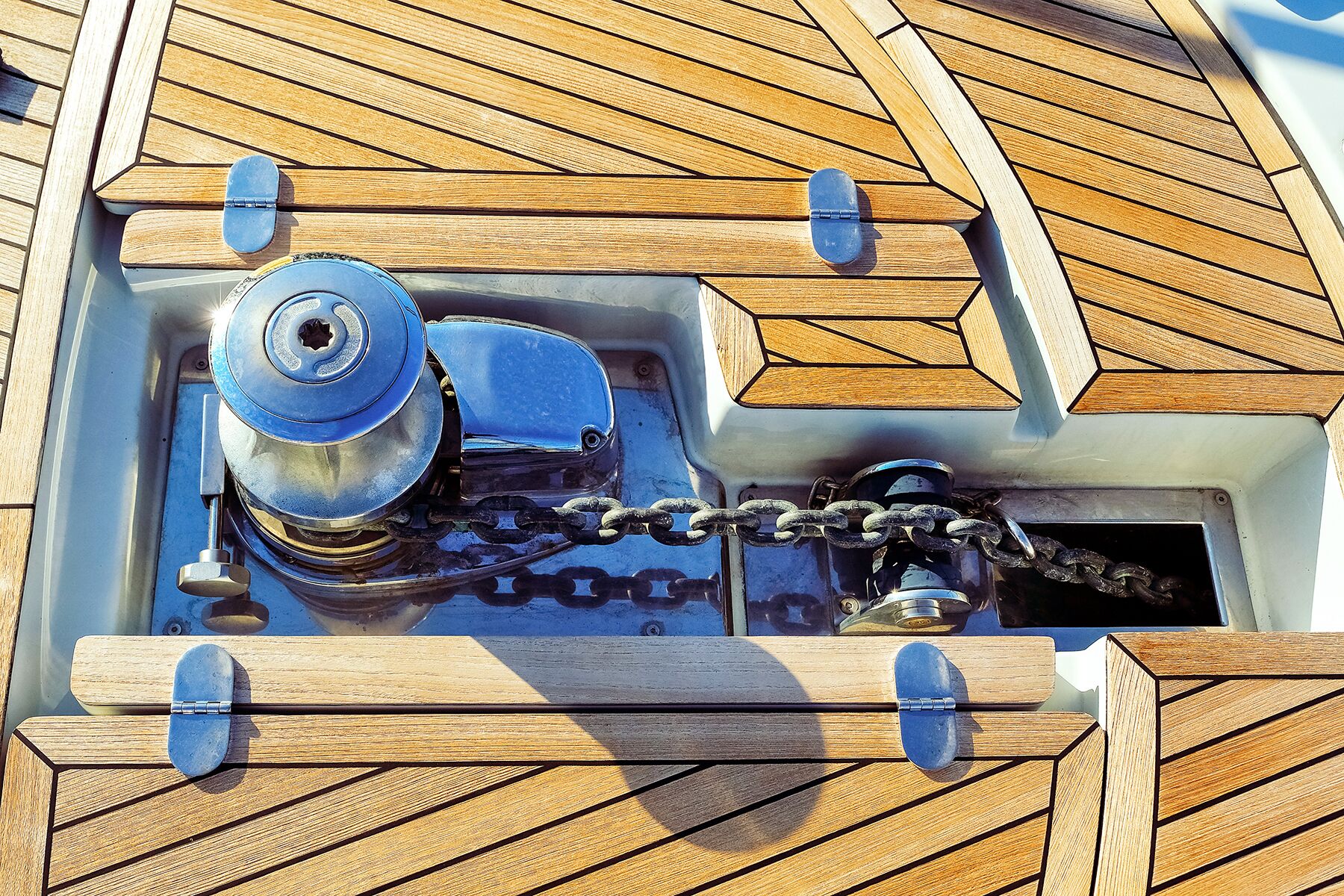
Shortly thereafter, during a post-cruise washdown, you meandered around the bow and plowed your head into me, as I hung over the dock. Oh, the tapestry of expletives you wove! You now have that scar on your forehead as a reminder of our encounter, and I am now adorned with a fading orange, 1970s-era life jacket as a reminder to avoid walking into me.
We’ve been on so many fine cruises together, staying at various marinas with fancy dockside eateries, or floating blissfully on a mooring. I do see the water while we cruise, I just don’t spend much time in it. There is so much more I can do for you if you give me the chance. (I am, after all, an anchor.)
We anchors down here have had some time on our flukes. Other than the passing security guard, and the occasional seabird seeking refuge from wind and rain, visitors are sparse. We convened a meeting and passed a resolution to convey to our respective
captains all the things we can do. I’ll provide a summary.
For hundreds of years, we anchors were critical to any seagoing vessel. My ancestors provided the only means of securing a vessel in harbors, bays, inlets and coves. We provided safety and security in storms. We did the job with honor and quiet competency, pressed into service by captains familiar with the techniques necessary for anchoring success.
In recent generations, something has changed. We tend to sit unused at the bow of our vessel. In turn, some captains have forgotten the simple pleasure of a secluded anchorage.
We anchors provide freedom, the ability to go and stay places far and wide, and the chance to explore places of remoteness and quiet. It is time to regain some of that freedom.
Captain, I suspect you have little regard for math or physics, given your selection of a slip for Princess, but anchoring is all about math and physics, along with the correct equipment and strategy. It’s not overly complicated. Success, and all that comes with it, is within your grasp.
First, confirm that your anchor is suitably sized for your vessel, and that it is suitable for the typical ground conditions where it will be used. If you’re unsure, I recommend noting the make and model, and going to the manufacturer’s website. Most manufacturers have sizing charts, often linked to the displacement and length of the vessel in question. If you’re buying a new anchor and the manufacturer recommends a certain size, I recommend going one size larger (assuming you and your vessel are comfortable with the additional weight). All other variables being constant, a larger anchor of a particular model will provide more holding power.
Let’s now talk about the ground tackle. It generally encompasses the anchor, the anchor rode, and the fasteners that connect it all together.
Do not scrimp on your ground tackle. It connects your anchor to your boat, and, consequently, your boat to Earth, all for the purpose of keeping it in one desired location.
Both three-strand and braided nylon ropes are solid choices for anchor rodes. If you’re going with chain, there are some things to consider, such as the ability of your boat, anchor locker and windlass to accommodate the weight of, say, 300 feet of chain, as well as the additional cost of anchor chain compared to rope. The advantages of chain are numerous. It resists abrasion and will lie flatter along the seafloor, placing a more horizontal pull on the anchor than an all-rope setup.
Proof-coil chain is often used for anchor rodes (identified with a G-3 printed on each link) and is a fine choice. BBB chain is somewhat stronger, with shorter links that can be useful for a tight fit to the windlass. High-test chain is more expensive, but has a higher strength-to-weight ratio. It’s possible to reduce the overall weight of your anchor rode without compromising strength.
It’s also possible, and in fact common, to use a combination of chain and rope for many pleasure boats. This combination lets some chain assist in maintaining a horizontal pull on the anchor, with the benefits of a lighter weight and elasticity found with nylon rope.
Ready to press the anchor back into service? Planning is a good thing, and should start before leaving the dock. Look at the charts, figure out where you might anchor, and have a backup plan. Note the preferred route into the anchorage, the water depth and the nature of the bottom. Also note the bottom’s steepness or slope. Generally, a sand or gravel bottom with a gentle slope is preferable for setting the anchor.
Isn’t it better to quickly do the math and adjust for the current and tidal change, all while the chain is flying out of the locker? If you want to become infamous on a viral video, sure. But planning minimizes and often avoids some of the chaos that can ensue. We anchors recommend going over the anchoring procedures with those who will be aboard your vessel before the anchoring process starts. Explain the steps one by one. Remember: What’s obvious to you may not be obvious to the crew.
There you have it, captain. You’re ready to reunite yourself and your crew with the joys of anchoring, and all that being on the hook brings to your seagoing adventures.
This article was originally published in the January/February 2023 issue.



